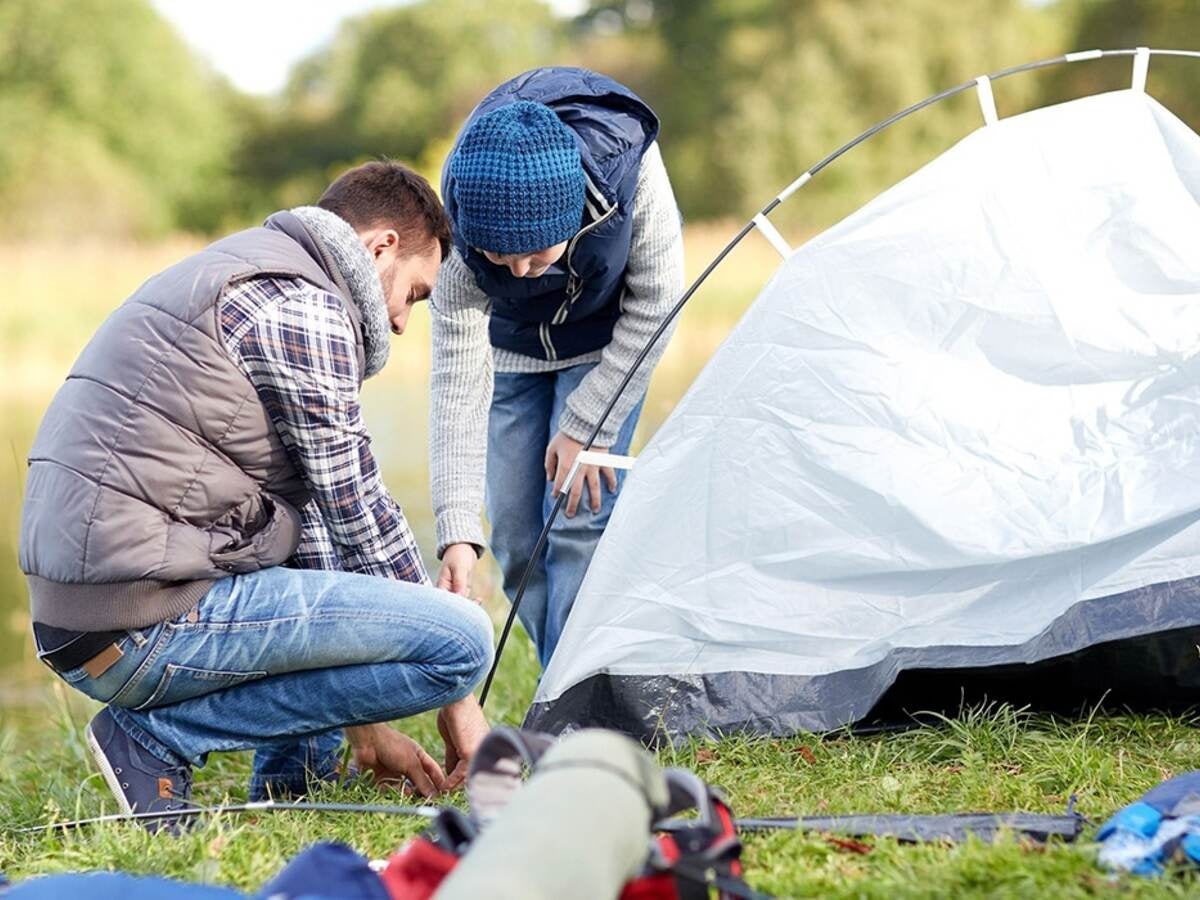June 26, 2018
It’s that time of year when many outdoor enthusiasts start itching to escape their everyday routines and head for the campgrounds for a weekend of relaxation and fresh air. Whether bike riding, hiking, fishing or just sitting around a campfire with friends and family, this summertime activity is sure to provide lifelong memories.
At a typical campground, you are likely to see a range of camping styles at each campsite from pop-up campers, to travel trailers and fifth wheelers, to motorhomes. However, it is safe to say that most campers likely started with one of the most basic sleeping accommodations, the tent.
Tents come in all shapes and sizes and depending on what you decide to pack in your tent; it can be quite a comfortable option. However, there is one true element that can make your tent camping experience a nightmare – rain.
To learn about tent durability, Inside UL visited our hardline consumer lab in Rogers, Arkansas.
Rain Test
Outdoor equipment, such as tents, are rain tested for water penetration characteristics. The spray test is performed on a tent that has been set up for camping. The test simulates one hour of steady rainfall with the tent evaluated at the end of the test for the presence of water, seam leakage and condensation.
Camping lets you spend the night in remote places and take a break from home and work. Moreover, as great as it feels to be outdoors, it's much harder to enjoy yourself without a good night's sleep. When purchasing a tent, look for added protection such as rain-flies (waterproof umbrellas that shield the tent) and tub floors (waterproof material at the base of the tent that comes up a few inches around the tent walls.) Happy camping!

